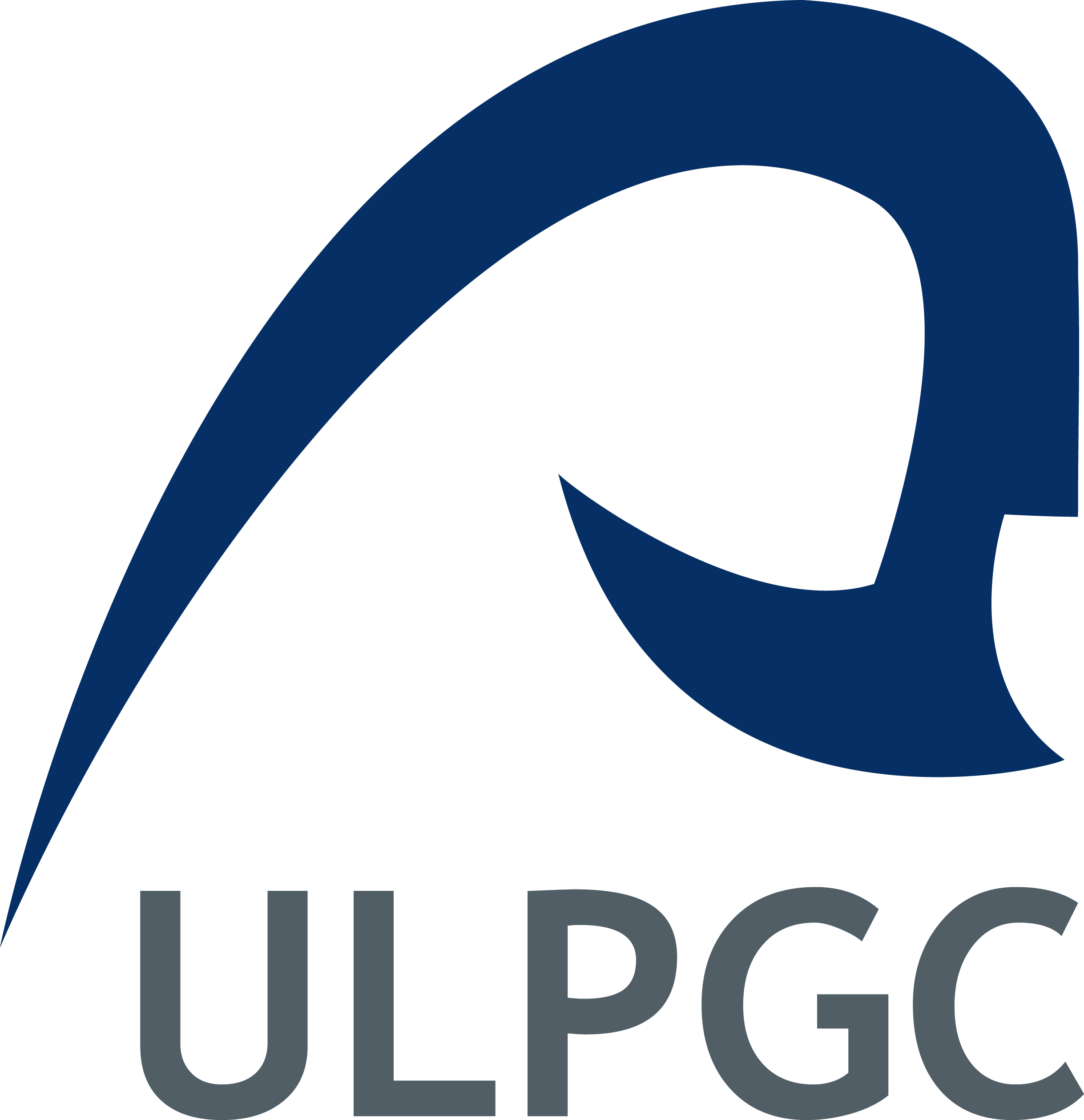Ph.D. Program in Oceanography and Global Change at the Canary Islands, Spain
Visiting speaker Yvonne Firing from Southampton's National Oceanography Centre gave a presentation on “Trends and variability in Antarctic Circumpolar Current deep and bottom waters” on 17th December in the conference room of the Basics Sciences Building on the Tafira Campus.
A summary, courtesy of NOC, reads:
The Antarctic Circumpolar Current (ACC) is a crucial site for the formation and transformation of water masses, including the Antarctic Bottom Water (AABW) that fills the global abyssal ocean. Widespread warming and freshening of Southern Ocean deep and bottom waters detected using decadal repeat hydrographic sections (e.g. Purkey and Johnson, 2013, J. Clim.; Desbruyeres et al., 2017, J. Clim.) prefigure global changes in abyssal heat and salinity, but the spatiotemporal variability of the ACC leaves large uncertainties on the magnitude and drivers of these trends. Here we examine 23 occupations of GO-SHIP line SR1b in eastern Drake Passage conducted near-annually since 1993. Using a neutral density framework to decompose changes into components due to isopycnal displacement (heave) and to isopycnal property changes distinguishes a significant isopycnal cooling trend from the additional cooling, and substantial occupation-to-occupation variability, due to movements of the ACC fronts. The isopycnal cooling and freshening is found throughout the Antarctic Bottom Water (AABW) density class as well as much of the Lower Circumpolar Deep Water (LCDW) range, while warming and salinification characterises Upper Circumpolar Deep Water (UCDW), especially in its core. Changes in the transport of heat and freshwater by the ACC are also found, not necessarily of the same sign as observed property changes. The possibility of using the SR1b time series to distinguish trends and their forcing from both synoptic eddy variability and variability due to large-scale seasonal (e.g. Evans et al., 2014, J. Geophys. Res.) or interannual (e.g. Close et al., 2013, J. Clim.) atmospheric forcing is discussed.



